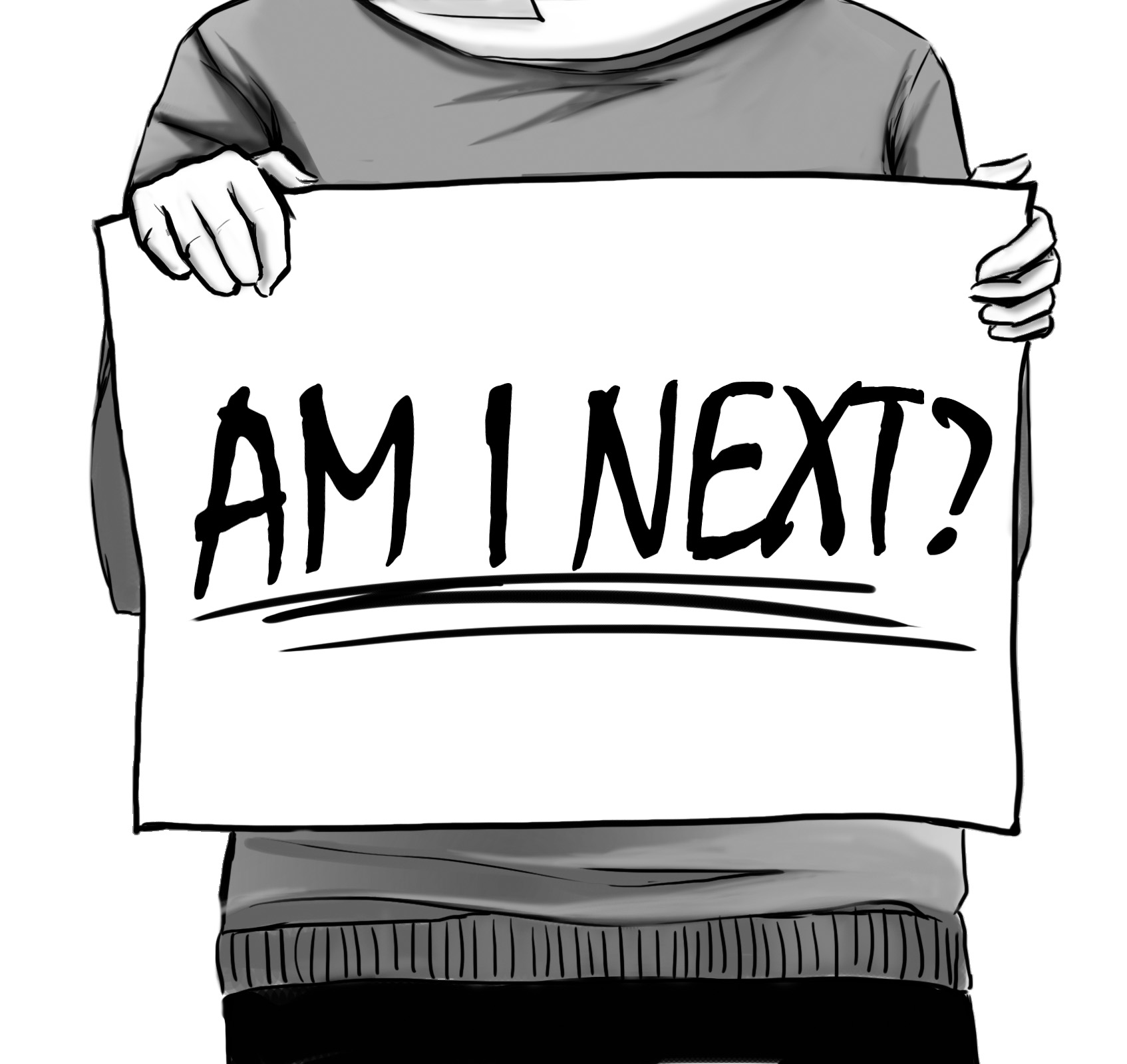This past Saturday, the ninth annual march and vigil for missing and murdered Indigenous women took place in Montreal. While the event honours and raises awareness for these women, Canada’s powerful institutions, such as the government and the police, continuously fail to do either.
This year’s march and vigil came amid a surge in mainstream media coverage of missing and murdered Indigenous women, which was provoked by an RCMP report on the issue released in May and the murder of 15-year old Tina Fontaine, whose body was found in Winnipeg’s Red River. The outrage over Fontaine’s death led to renewed calls for a national inquiry into the issue of missing and murdered Indigenous women – calls Indigenous communities and their allies have been making for more than a decade. It also sparked the striking social media campaign #AmINext, which features Indigenous women holding up signs that ask whether they will be the next to die or disappear.
While it is encouraging that the wider public is finally beginning to pay attention, this coverage has also served as a reminder of how little has actually been done. 1,181 Indigenous women went missing or were murdered between 1980 and 2012, according to the RCMP report. Indigenous activists put the number at approximately 3,000.
Yet still, Canada’s powerful institutions address the epidemic with little more than lip service. The report released by the RCMP this year is an encouraging step forward for the institution, but it does not make up for its history of ignorance and abuse. In February 2013, Human Rights Watch released a report that documented the appalling testimonies of Indigenous girls and women being tortured and physically and sexually abused by RCMP officers in northern British Columbia.
The Canadian government, for its part, has roundly ignored the calls of Indigenous communities, choosing instead to cut funding to Sisters in Spirit, one of the few organizations spearheading research into the issue. These cuts target the Indigenous population, and are part of a disconcerting trend of silencing advocacy that challenges the priorities of the government.
However, it is not only up to institutions to address this epidemic. The degradation of Indigenous women in Canada is a symptom of our country’s culture of racism, sexism, and colonialism. Many don’t see this issue as a Canadian problem – they see it as a problem caused by Indigenous people. Until recently, the mainstream press has ignored missing and murdered Indigenous women; even now, some of the coverage of the issue is hateful, ascribing blame to Indigenous communities and blatantly disregarding Canada’s history of oppression of Indigenous peoples.
The Daily has editorialized on this march for the past three years, and is doing so again this year because very little has changed. Families, friends, and allies of the missing and murdered women are still waiting for justice. Most importantly, Indigenous women are still waiting for their voices to be heard.
– The McGill Daily Editorial Board

